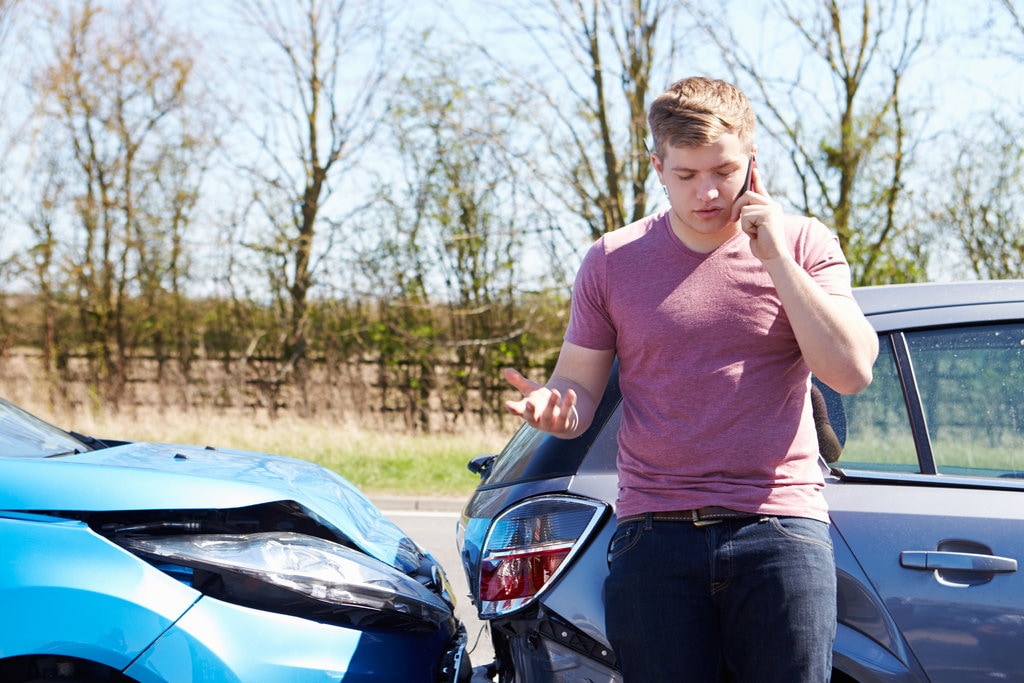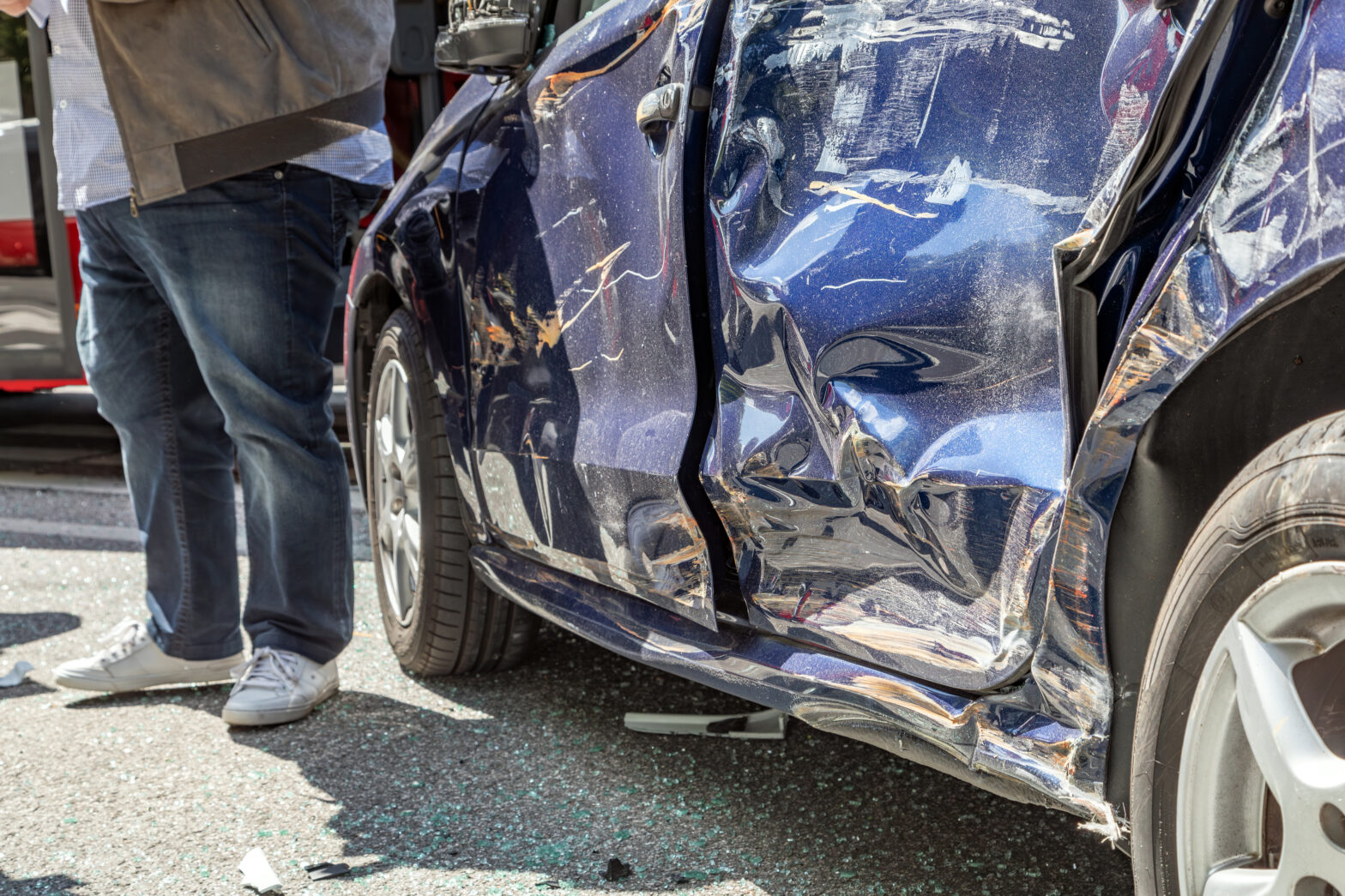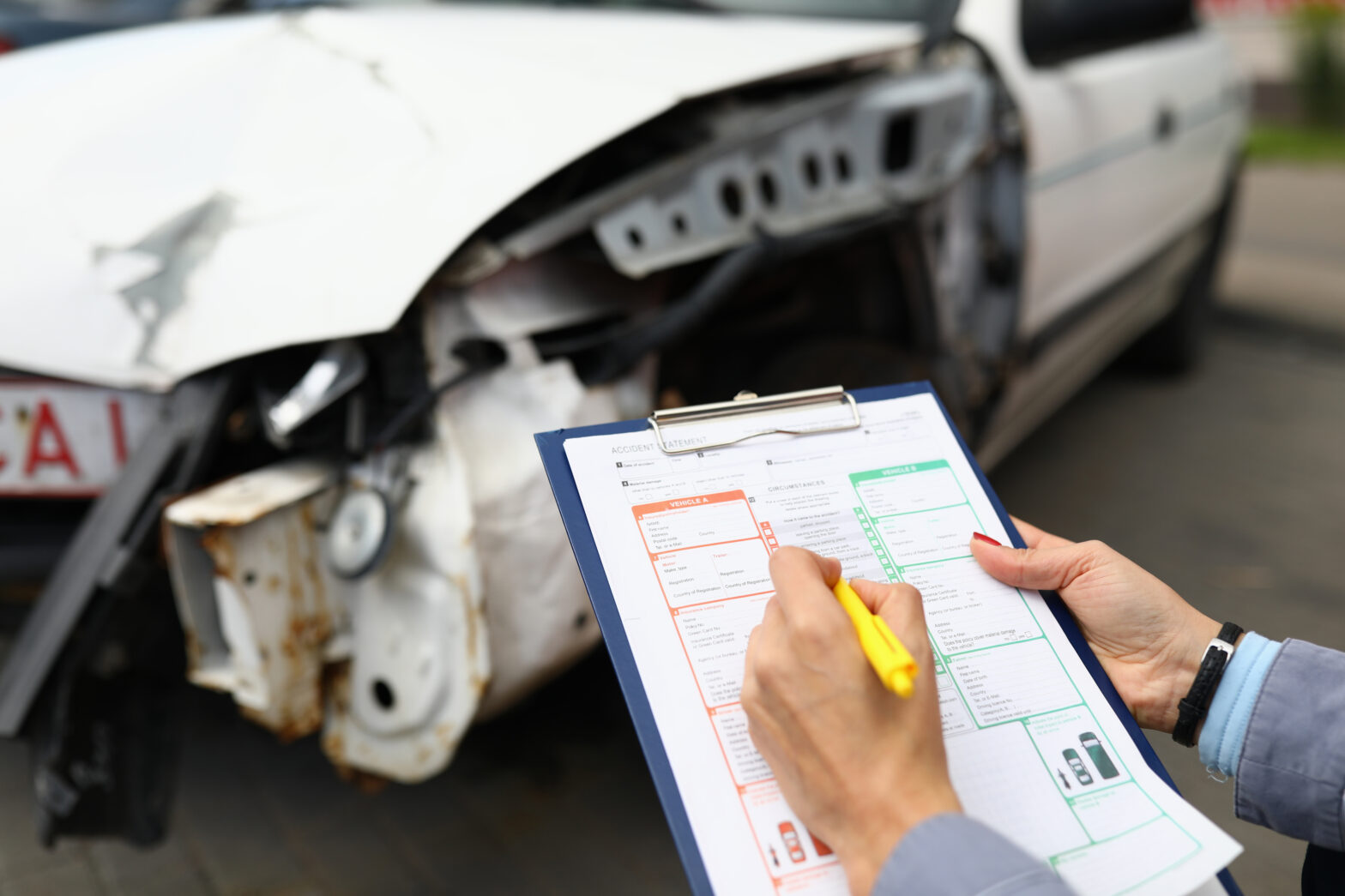Young Drivers Account for Nearly 25 Percent of All Accidents

Every minute of every single day, someone is involved in an auto accident. Every sixteen minutes an accident results in a fatality. This week and every week, parents should be talking to their teens about the rules of the road and the measures they should be taking to keep themselves and others safe. Why? It’s because they account for nearly 25 percent of all accidents.
In Lancaster County alone, more than 2,500 people were injured in auto accidents last year—41 died. Teen Driver Safety Week (October 22-26) is a good time to raise awareness about safe driving and especially about teens’ elevated crash risk. To help minimize the number of accidents, let’s take a look at the reasons young drivers are at a much higher risk of getting into a motor vehicle accident and the steps we can take to better prepare them for the road.
Reasons Young Drivers are at a Higher Risk
- Driver Inexperience
- Distracted Driving
- Intoxicated Driving
- Reckless Driving
- Driving with Teen Passengers
Steps to Take to Prepare Young Drivers for the Road
- Tips for Parents
- Tips for Teens
- After Your Teenager Receives their Driver’s License
- Driving Contract
Driver Inexperience
In the first few years of driving, teens are inexperienced and have not developed the skills to drive defensively when another driver is distracted. They have not had the practice to handle the varying conditions that accompany weather and nighttime driving. It can take years before a new driver feels comfortable behind the wheel. With experience and time comes the ability to react quickly and to handle all types of conditions on the road.
Distracted Driving
No one age group is excluded here. Every driver deals with distractions. However, combine that with the inexperience of a new driver, and it raises the risk of teen car accidents. Distracted driving can be anything from eating while driving, texting while driving, talking on the phone while driving or adjusting the radio while driving. Distractions in the car are abundant, but among teens, using cell phones tops the list of activities causing accidents. Such distractions account for 58 percent of teen crashes.
Intoxicated Driving
Everyone knows you should never get behind the wheel of a car with alcohol or drugs in your system. Alcohol impairs everyone’s ability to drive, but combine that with a teen’s inexperience and it heightens the risk. The number of teens involved in alcohol-related crashes indicate this age group is more open to participating in this dangerous behavior and that they are more likely to get into an intoxicated person’s vehicle. One-quarter of teen fatalities caused by car accidents involve alcohol.
Reckless Driving
Nearly 21 percent of teen car accidents happen because the teen driver is going too fast for the road conditions. More than half of all teen driver fatalities are caused by high speed. Other dangerous moves on the road such as street-racing, tailgating, improper lane changes and failing to yield are more common among young drivers—simply due to immaturity and inexperience.
Driving with Teen Passengers
A traffic study by AAA found 15 percent of all teen crashes happen because the driver was interacting with one or more teen passengers. Their risk of an accident doubled when they had one passenger in their vehicle and it tripled when they had two or more teen passengers. The most common types of accidents in this category include rear-end collisions, driving off the road and crashing into another vehicle while trying to make a left turn.
Failure to Buckle Up
Accidents often times lead to injuries, but failure to buckle-up will almost guarantee an injury will happen. Far worse, the National Highway Transportation Safety Administration reports 55 percent of teens killed in car accidents were not wearing their seatbelt. It is essential new drivers develop the habit of strapping on their seatbelts before starting their car.
Tips for Parents
Parents play a critical role in keeping their young drivers safe and should remind their children often of the many reasons they are more prone to accidents. Here are some other tips for teaching teens to drive safely.
- Set an example.
- Talk about driving with your teen before they turn 16.
- Know the rules of the road. (Test your knowledge here)
- Make sure your/their vehicle is safe and well-maintained.
- Be familiar with the tasks and requirements of teaching your teen to drive. (PennDOT guidelines here)
- Start out slow and simple, in a low-traffic area or parking lot.
- Work their way into more difficult driving.
- Allow your teen to drive in all situations and kinds of weather.
- There is no such thing as too much practice.
Tips for Teens
- Always wear a seat belt.
- Don’t drink and drive, ever.
- Don’t talk or text on your cellphone while driving.
- Obey the speed limit.
- Don’t eat or drink while driving.
- Adjust the radio or climate controls before beginning your trip.
- Since teen drivers often share vehicles, adjust mirrors and seats prior to your trip.
- If you cannot see a truck’s mirrors, the driver cannot see you.
- Plan ahead. Know where you are going.
- Leave early. Give yourself plenty of time to get there.
After Your Teen Receives their Driver’s License
Getting your teen ready for their driver’s license exam is the easy part. With their license in hand and their hands on the wheel, it’s even more critical to be involved in their driving habits.
- Enforce a curfew. Limit driving at dawn, dusk and night until your teen gets more experience.
- Gradually increase the amount of time and distance you allow your teen to drive.
- Ride with your teen often to monitor their driving skills.
It can be nerve-racking when your teen is behind the wheel for the first few years. Parents worry about their whereabouts, whether they’re speeding or if they’re obeying the rules of the road. Thankfully, there are plenty of innovative tools parents can use to keep track of speed, their whereabouts and their distractions.
Driving Contract
Teen Driver Safety Week is an opportune time to stress the importance of adult supervision of teen drivers. By playing an active role in teaching your teen to drive, leading by example and setting limits, parents can play a big part in combatting current teen driving trends. To help parents, many insurance companies offer sample parent/teen driving contracts, enabling families to establish guidelines before their teen starts driving.
The contract sets rules and consequences for the teen driver, as well as sets expectations for parents to help their teen driver learn the rules of the road. Here’s a sample contract AAA put together.
We can take every precaution to keep our young drivers safe on the road, but, we know accidents happen. When they do, there are steps that should be taken right away to make sure everyone is safe and everyone is fairly compensated for their loss. If you’ve been injured in an auto accident, you may have a case.
Call Georgelis First for a free consultation. We’re available 24/7 and there’s never a fee unless we get money for you. Contact us today to learn about your legal options and we’ll handle everything from here!





